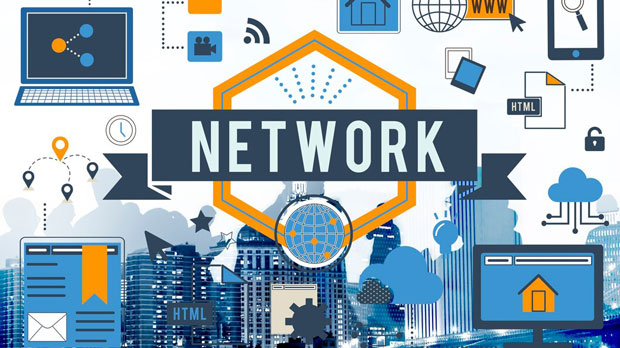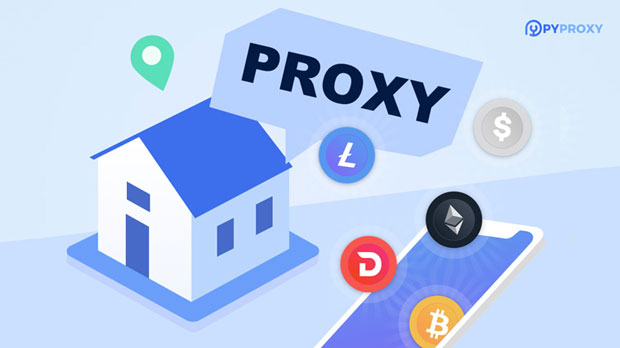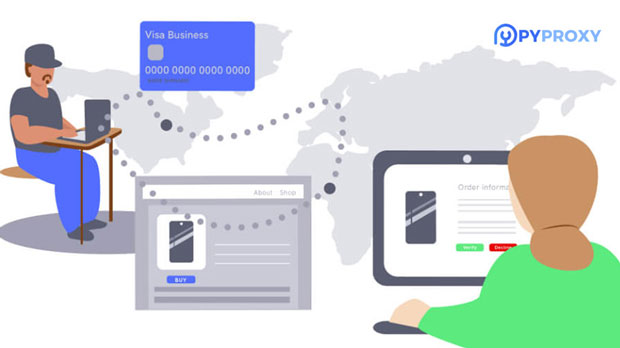As cyber threats and digital fraud continue to rise, organizations are constantly seeking ways to enhance their security protocols. The IP blacklist system is one such tool used to prevent malicious activities like hacking, spamming, and phishing attacks by blocking suspicious IP addresses. However, as the digital landscape evolves, so too does the need for more secure, transparent, and tamper-resistant solutions. This has led to the growing interest in blockchain technology, known for its decentralized and immutable nature. The combination of IP blacklists and blockchain could potentially offer a more reliable, transparent, and secure method for managing digital threats. In this article, we will explore how blockchain can revolutionize IP blacklist systems and what the future might hold for this integration. Understanding IP Blacklist SystemsBefore delving into how blockchain can enhance IP blacklisting, it is important to first understand what an IP blacklist system is and how it functions. An IP blacklist is a list of IP addresses known to engage in malicious activities. These addresses are typically flagged by cybersecurity experts or automated systems and are then blocked from accessing networks or websites. IP blacklisting is commonly used by email service providers, websites, and businesses to protect their platforms from malicious attacks, spam, and other harmful behaviors.The primary function of an IP blacklist is to identify and block harmful IP addresses based on historical activity. However, the current system faces several challenges. One of the main drawbacks is the potential for false positives, where legitimate users may get blocked. Additionally, maintaining an updated and accurate blacklist across different organizations can be cumbersome, especially when dealing with the constantly evolving nature of cyber threats.The Limitations of Traditional IP BlacklistingWhile IP blacklisting is a widely used tool, it has several limitations that hinder its effectiveness in providing comprehensive security. Some of the key challenges include:1. Centralized Control and Lack of Transparency: Traditional IP blacklist systems are typically controlled by a central authority, such as an organization or service provider. This centralization makes the system vulnerable to manipulation or bias. Moreover, there is a lack of transparency in how IP addresses are added or removed from these lists.2. Difficulty in Maintaining Accuracy: As cybercriminals continually adapt their methods, ensuring that an IP blacklist is up-to-date and accurate can be a daunting task. False positives, where legitimate users get flagged, and false negatives, where malicious actors slip through the cracks, are common issues in traditional blacklisting methods.3. Limited Collaboration Between Entities: Different organizations maintain their own blacklists, but there is no standardized platform for sharing data between these organizations. This creates silos where malicious IP addresses are not universally recognized or blocked across different systems, leaving security gaps.How Blockchain Can Revolutionize IP BlacklistingBlockchain, the technology behind cryptocurrencies, is a decentralized and immutable ledger that records transactions in a transparent and tamper-resistant manner. By integrating blockchain with IP blacklisting systems, several issues inherent in traditional methods can be addressed.1. Decentralization and Trustlessness: Blockchain's decentralized nature means that no single entity controls the system. This eliminates the risk of biased or manipulated blacklists. Multiple participants, such as businesses, security experts, and service providers, can contribute to a collective, trustworthy blacklist without relying on a central authority.2. Transparency and Accountability: Blockchain’s transparent nature allows all participants to view and verify the actions taken on the blacklist. Any addition or removal of an IP address is recorded on the blockchain, providing an immutable audit trail. This transparency enhances accountability, as every decision can be traced and verified by all stakeholders.3. Reduced False Positives and Negatives: Blockchain-based IP blacklisting systems can incorporate advanced machine learning algorithms and real-time data sharing to improve the accuracy of IP identification. By sharing threat intelligence across a decentralized network, organizations can better detect malicious IP addresses and reduce the likelihood of false positives or negatives.4. Cross-Organization Collaboration: Blockchain allows different organizations to collaborate and share blacklisting data securely. Through smart contracts and consensus mechanisms, organizations can automatically update their blacklists in real-time, ensuring that malicious actors are blocked across multiple platforms without requiring manual intervention.The Future of IP Blacklisting with BlockchainThe integration of blockchain with IP blacklisting systems is still in its early stages, but the potential for widespread adoption is significant. As cybersecurity continues to be a major concern for businesses, the demand for more robust, transparent, and efficient systems will likely drive innovation in this space. Some key developments that could shape the future of IP blacklisting with blockchain include:1. Global IP Blacklisting Networks: A global, decentralized network of IP blacklists could be established, allowing businesses and organizations to share threat intelligence on a larger scale. This would create a more unified and efficient system for blocking malicious actors across the internet.2. Smart Contract Automation: By using smart contracts, IP blacklisting systems could become more automated. For instance, if an IP address is flagged as malicious by a certain number of organizations, a smart contract could automatically add that IP to the global blacklist, ensuring rapid response to emerging threats.3. Integration with Other Cybersecurity Systems: Blockchain-based IP blacklists could be integrated with other cybersecurity technologies, such as intrusion detection systems, firewalls, and identity verification systems, to provide a more holistic approach to threat mitigation.4. Increased Trust and User Confidence: With the transparency and immutability offered by blockchain, users and organizations can trust that the blacklist is accurate and free from manipulation. This could lead to higher adoption rates and more collaboration across industries in the fight against cyber threats.Challenges and Considerations for IntegrationWhile the integration of blockchain with IP blacklisting holds great promise, there are several challenges that need to be addressed before widespread adoption can occur:1. Scalability: Blockchain networks, especially public ones, can face scalability issues when handling large amounts of data. For IP blacklisting systems to function efficiently, the blockchain must be able to scale to accommodate the vast number of IP addresses that need to be monitored and updated.2. Privacy Concerns: While blockchain ensures transparency, it also raises privacy concerns. IP addresses are often linked to individuals, and disclosing this information on a public blockchain could violate privacy laws. Solutions will need to be developed to address these concerns while maintaining the integrity of the system.3. Adoption and Standardization: For blockchain-based IP blacklisting to be effective, there needs to be industry-wide adoption and standardization. This will require collaboration among various stakeholders, including businesses, regulatory bodies, and cybersecurity experts.The integration of blockchain with IP blacklisting systems has the potential to transform the way digital security is managed. By providing a decentralized, transparent, and immutable system, blockchain can address many of the challenges faced by traditional IP blacklisting methods, including centralized control, accuracy, and collaboration. As blockchain technology continues to evolve, we can expect to see more innovative solutions emerge that leverage its unique capabilities to enhance cybersecurity across industries. However, challenges such as scalability, privacy, and adoption will need to be overcome for this vision to become a reality. Nevertheless, the future of IP blacklisting looks promising, and blockchain could play a central role in shaping the next generation of cybersecurity solutions.
Apr 22, 2025
![arrow]()




























































